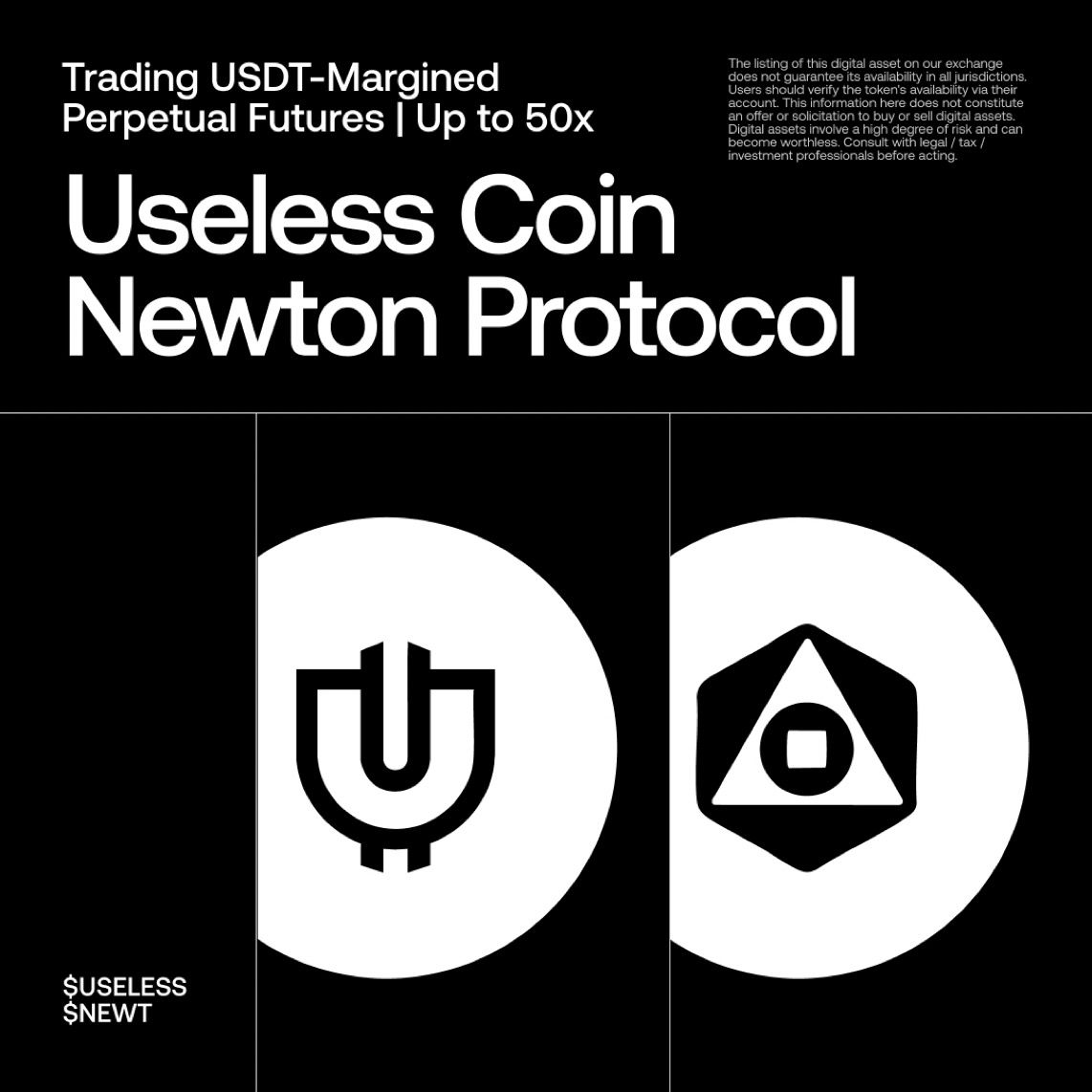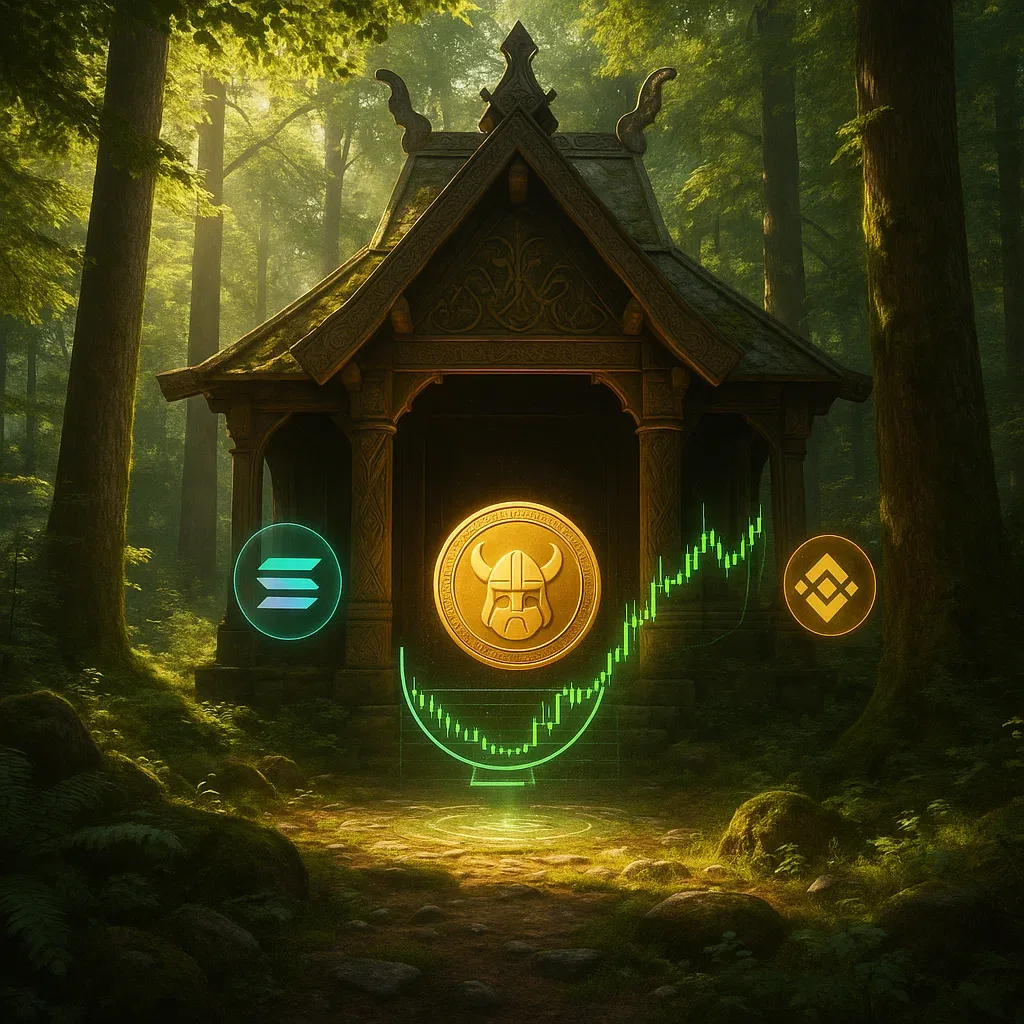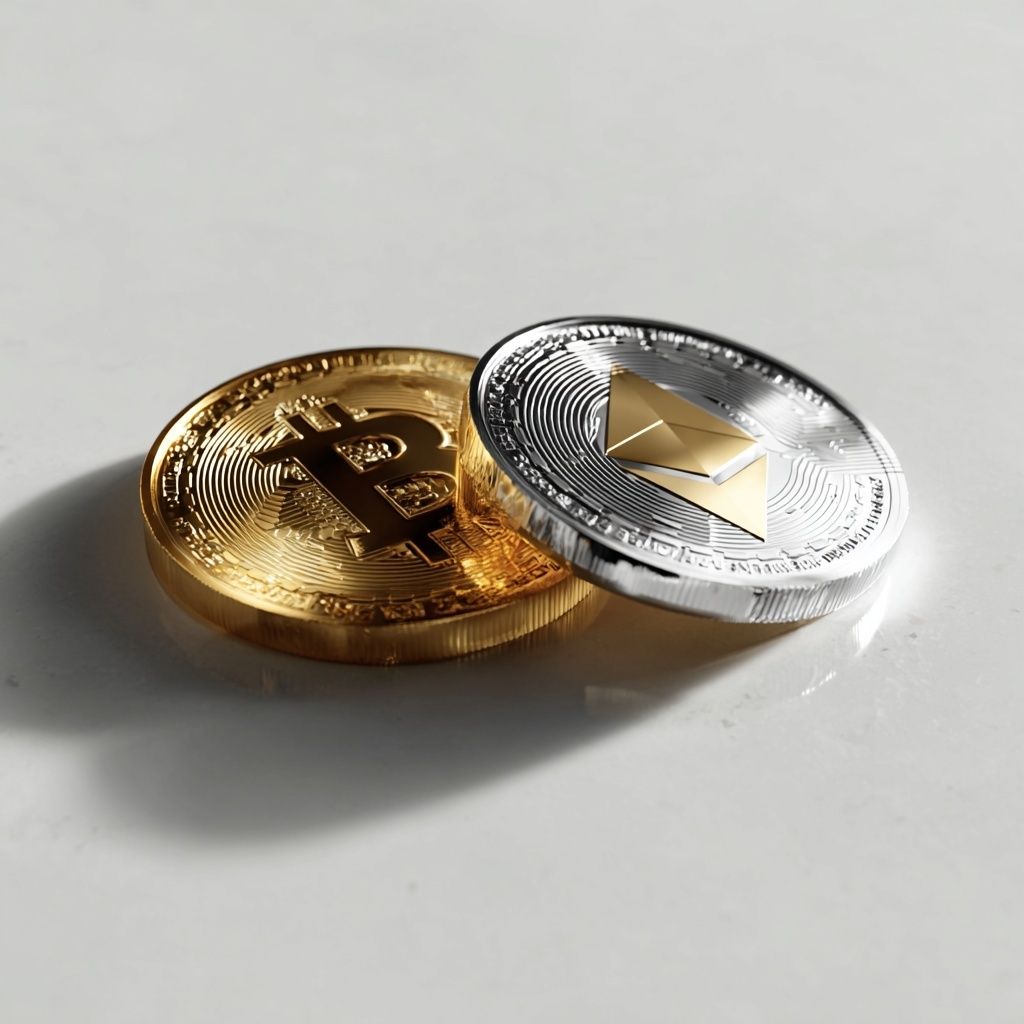Circle vs Ripple: The Battle for $913B in Global Remittances Just Got Real
🥊 Circle Declares War on Ripple — And It’s Coming With USDC, Not XRP
Circle, the company behind the $61B USDC, just took off the gloves.
It’s officially launching the Circle Payments Network, gunning for the exact space Ripple has been trying to own for over a decade: cross-border crypto remittances.
This is not a coincidence — it’s a head-on challenge.
🌍 Why This Matters: $913 Billion Reasons
According to the World Bank, global remittances will hit $913B in 2024.
That’s a massive target — and both Circle and Ripple want to become the default crypto rail for moving money between borders.
But now the question isn’t just who’s first — it’s who’s better.
⚔️ Circle vs Ripple: What’s the Difference?
✅ Circle:
- Runs on Ethereum and other major chains
- Uses stablecoins (USDC, EURC) — not volatile tokens
- Partners with Santander, Société Générale, Deutsche Bank
- No SEC drama, clean regulatory slate
- $9.8B+ in daily stablecoin volume
❌ Ripple:
- Relies on its own XRP Ledger
- Uses XRP, a native token still tangled in regulatory baggage
- Has more time in the game — but less volume
- $55M in RLUSD volume — that’s 99.4% less than Circle
💡 Why Stablecoins Might Win
Ripple built its strategy around XRP as a bridge currency.
Circle is flipping the script: it’s pushing regulated, fiat-pegged stablecoins like USDC and EURC that institutions already feel comfortable with.
Plus, programmable payments and 24/7 settlement mean Circle’s system is plug-and-play for the modern fintech stack.
🧱 Circle’s Technical Edge: Built on Web3, Not From Scratch
Circle isn’t reinventing the wheel — it’s turbocharging it:
- 🧩 Integrates with existing blockchains
- 📡 Supports WalletConnect, APIs, smart contracts
- 🔄 Designed for programmable transactions
- 🏦 Easy to use for fintechs, banks, and devs
Ripple’s closed system? Not so flexible.
Circle’s Web3-native approach could mean faster developer adoption and network effects.
🧠 Compliance as an Advantage, Not a Hurdle
Circle hasn’t faced an SEC lawsuit. Ripple did — and it’s still cleaning up.
Circle’s playbook is clear: work with regulators, not around them.
It’s already licensed in multiple jurisdictions and courting central banks, not just crypto bros.
That’s the kind of positioning that turns stablecoins into infrastructure — not speculation.
🔮 The Big Picture: Who Builds the Internet of Money?
This fight isn’t just USDC vs XRP — it’s about who builds the rails for the next-gen financial system.
Ripple has the early mover advantage.
Circle has the momentum, tech, trust, and $61B stablecoin empire behind it.
🧠 TL;DR: Circle Is Coming for Ripple’s Throne
- Circle just launched a direct competitor to RippleNet.
- It’s betting on regulated stablecoins, not native tokens.
- USDC is already dominant in trading and compliance.
- The global remittance war is on — and crypto is finally getting serious about infrastructure.
Whether Circle becomes the “Ripple killer” or not, one thing’s clear:
The future of money is programmable — and it’s happening in real-time.

Recent News
All Time High • Live
Have questions or want to collaborate? Reach us at: info@ath.live











